With 16-year-old climate activist Greta Thunberg making headlines with her recent UN speech on climate change, you may have noticed that kids today are more environmentally and socially conscious.
If you have kids, you know that they love to ask, “WHY?” about everything. Kids are seeing headlines, especially as they relate to climate, equality, and clean energy, and parents (and extended family, maybe you) could use a framework for having conversations about what’s going on in the world today. The good news is, as you probably know, that kids are natural learners and don’t have information that needs updating, unlike adults!
Why talk about the SDGs with kids? This is an important discussion because while they may not know it yet, the next generation stand to lose the most from our current global challenges and they may have the answers that we haven’t found yet. Talk to your kids about the headlines and be proactive in helping them know what’s at stake for their sustainable futures.
Here are some tips for talking to your kids about the SDGs:
1. Ask what they think people can agree on
You might start by asking them what they think they can agree on with a sibling or other classmates at school. Then ask them to consider what they do to make the world a better place. Do they share their toys? Can they express their feelings without fighting?
See what the kids come up with on their own. Depending how old they are, you can ask them to use their imagination to think of what every country in the world might be able to agree on.
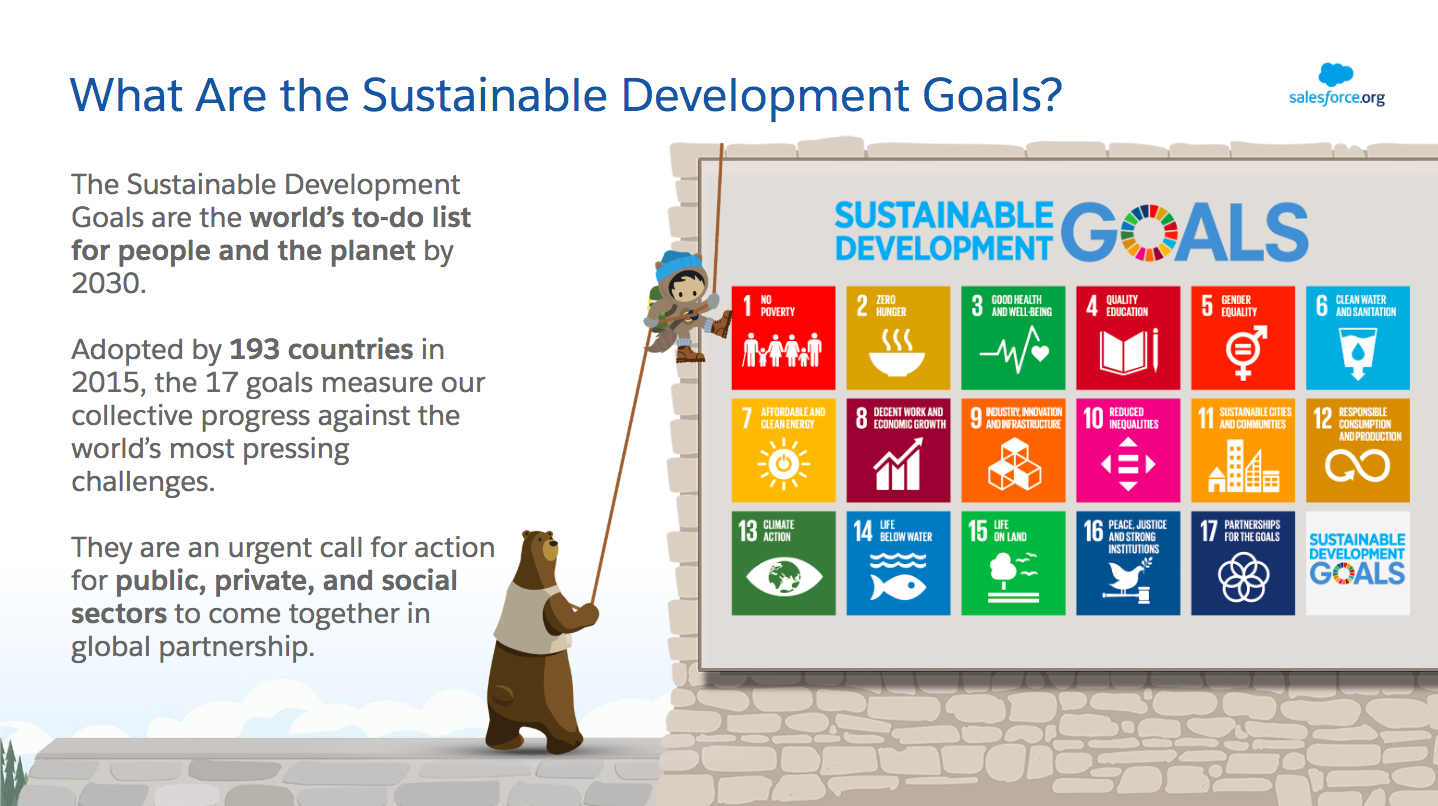
2. Explain what the United Nations is
If your kids have been lucky enough to not have lived through any major catastrophes, like a war, you could ask them to imagine what they would do if all their possessions were broken in a big fight. The idea is to bring up a sense of empathy for what a post-WWII world might have been like, as the United Nations began in 1945 to set the conditions for world peace and prevent future world wars. This might also be an opportunity to get out a map or globe and talk about geography, and then compare that to what the Earth looks like from space: no countries, no boundaries. You could mention that the Apollo astronauts took a photo of the earth from the Moon, which is considered a pivotal point in modern environmental movement.
Ask them: What does getting along with your friends mean to you? How do you stop fights after they have started? Wouldn’t it be easier to think about how we can prevent disagreements in the first place? You can ask them to name things that might be useful, like having rules (such as on how to share toys, like how countries can agree on sharing water sources) or emotional skills like listening to other people’s points of view.
3. Share the SDG framework
Here’s an “easy read” version of the SDGs, in simple English that makes it easy to understand the SDGs for non-native English speakers, kids, or anyone unfamiliar with the topic:
https://www.iddcconsortium.net/resources-tools/agenda-2030-sdgs-easy-read-version
The Sustainable Development Goals are the world’s to-do list for people and planet. We all have tasks we need to do and a checklist to get through. Just like that, 193 nations came together and agreed one one common list for all of us that helps make the planet and our communities stronger.
4. Ask them to pick an SDG (or two) that is their favorite
See what matters to them, and have a discussion!
Here’s a handy list of the 17 goals to refer to:
1-No Poverty
2-Zero Hunger
3-Good Health and Wellbeing
4-Quality Education
5-Gender Equality
6-Clean Water and Sanitation
7-Affordable and Clean Energy
8-Decent Work and Economic Growth
9-Industry, Innovation and Infrastructure
10-Reduced Inequalities
11-Sustainable Cities and Communities
12- Responsible Consumption and Production
13-Climate Action
14-Life Below Water
15-Life on Land
16-Peace, Justice and Strong Institutions
17-Partnerships for the Goals
Ask: why is that SDG their favorite? What makes them care about it? You could also ask about which of them don’t make sense.
5. Skill development: What’s needed?
For “extra credit” you could ask: what skills do they want to develop to be better at advancing the goal they care about? Listening to other people, learning about the topic, or maybe studying science to develop clean energy? Public speaking skills to talk about the topic that matters to them or lead a presentation at school?
Some personal examples:
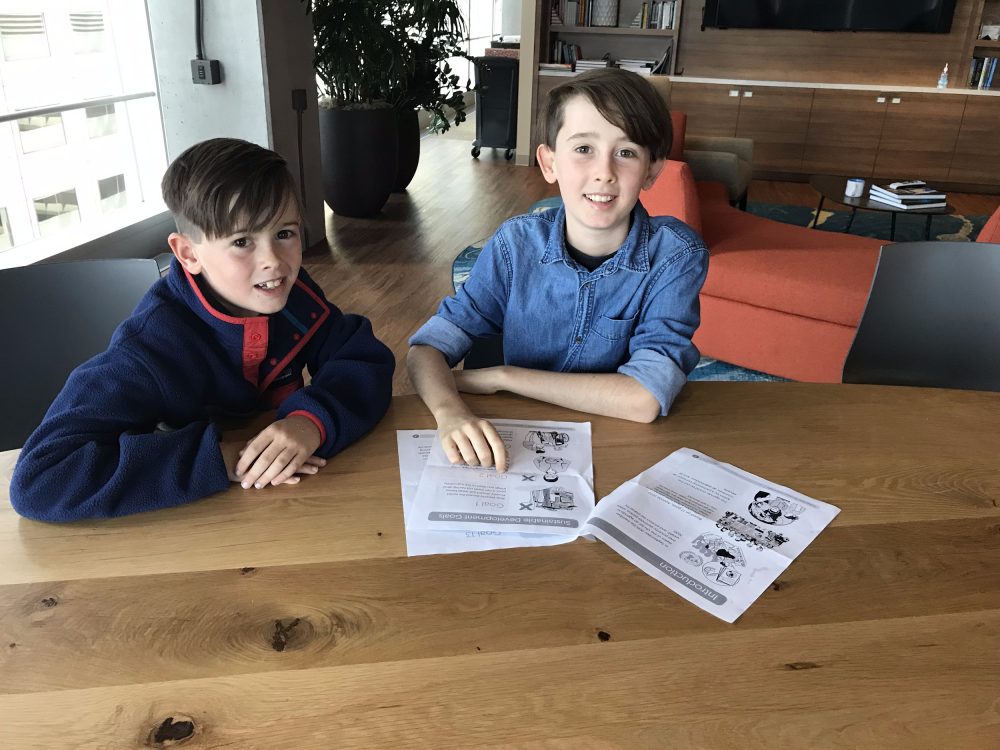
A 9 year old and 11 year old discuss the SDGs
I (Jon) did this with my 9 year old a few months ago. He was quick to make the connection between the SDGs and recent headlines. We had a fruitful conversation which ultimately made him feel very fortunate for what he has and informed on what others need. He also asked about SDGs he didn’t understand, like Quality Education. He was engaged. He was empathetic. It was a meaningful conversation which I think could happen in more homes and help shape the future.
My 11 year old son also commented: “SDG #8 is important – everyone has the opportunity to get a job. Number 13, climate change, is important: The fate of the world depends on it.” My 9 year old son agreed: “No one’s really trying to stop climate change, and that’s stupid.” He added: “Trash kills turtles and I like turtles!” (regarding life in the water.)
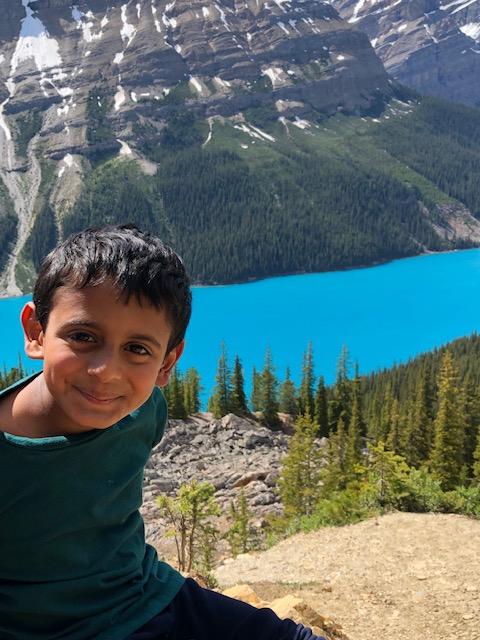
A 9 year old who cares about the SDGs. Noah, age 9, is a lover of nature and animals. He visited Banff National Park in June and saw grizzlies and mountain goats. His favorite SDG? Life on Land (number 15).
I (Devi) used to work at the United Nations Foundation and was there at the time the Sustainable Development Goals were rolled out. The remarkable thing was how much consultation and consensus was built among global citizens before we reached 17 universally-accepted goals with targets for each. I recently asked my son Noah to write in his journal about his thoughts on the global goals. He said: “I think the Sustainable Development Goals are important because they are justice for everyone. They are made by more than one country so every one of the 193 countries that agreed on these goals think that they are absolutely fair. I 100% agree with the goals that protect animals. My favorite goal is Life on Land. Some of the most fascinating creatures can do some cool things on land. You can also stop people from poaching. If you do, your favorite animal’s population can rise. You can also enforce the law to make sure people don’t poach.”
What are your kids saying about the SDGs? What kind of world do they want to live in? Start a conversation at the dinner table – the world’s to-do list needs all of our help.
About the Authors
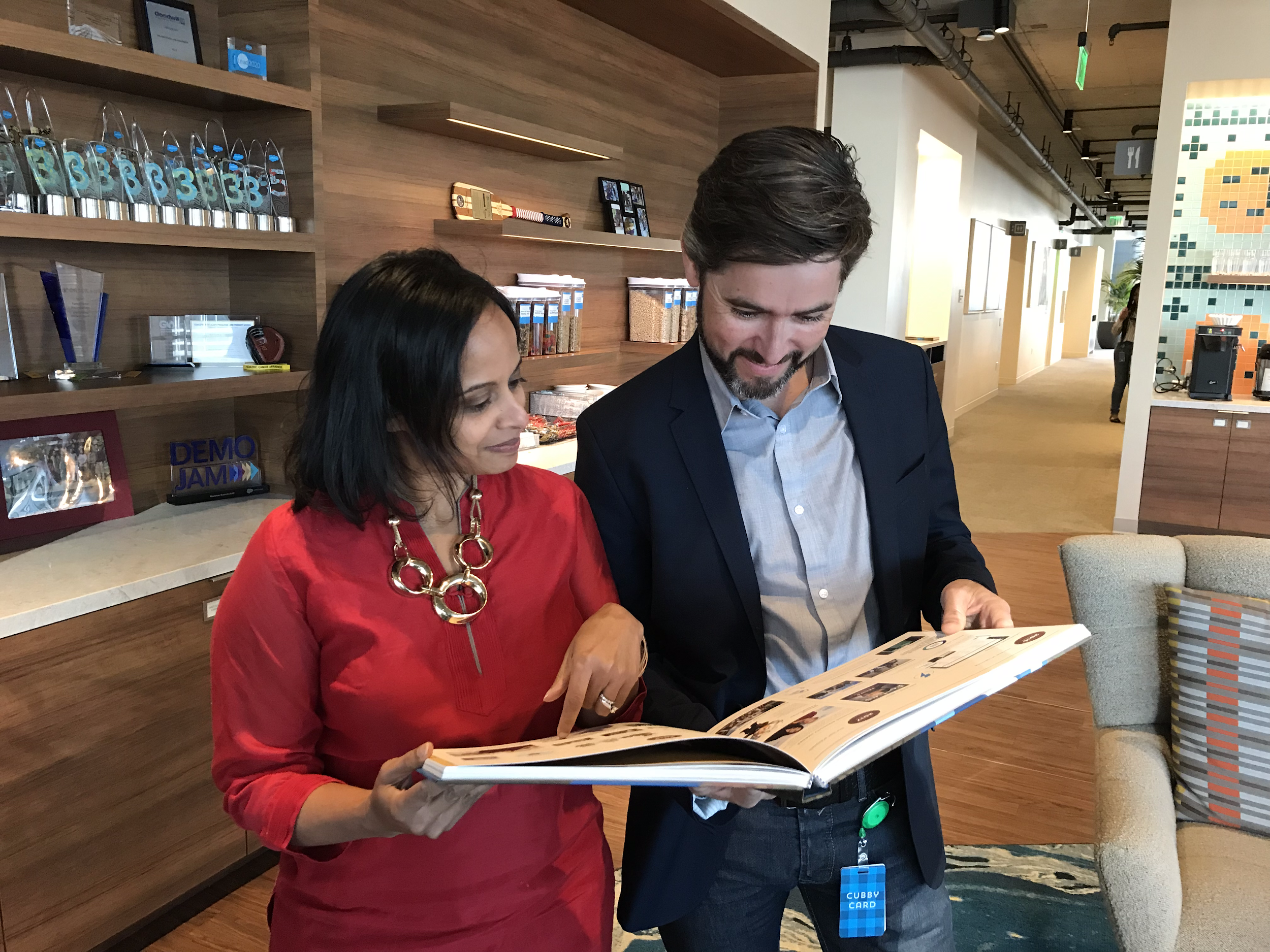
Devi Thomas and Jon Fee at Salesforce.org
Devi Thomas
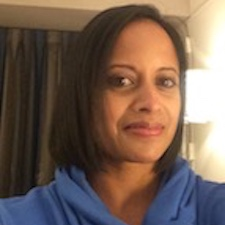
Devi Thomas is the Head of Global Communications, Research and Messaging at Salesforce.org. She is a cause-branding expert and purpose communicator whose team tells the social impact story of Salesforce and brings the Salesforce.org brand to life through integrated and consistent communications, research, and messaging. Devi has led corporate citizenship strategies at the UN Foundation and worked with brands like Tiffany, Walmart and Pfizer in CSR communications and cause-related strategies. Connect with her on LinkedIn.
Jon Fee
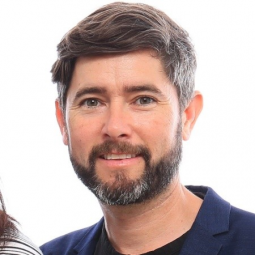
Jon Fee is SVP and Head of Global Marketing at Salesforce.org in San Francisco. Prior to joining Salesforce, he worked in financial services as Managing Director and Global Head of Marketing in iShares and Index Investments at BlackRock. A global leader, Jon spent nearly 4 years in London where he was Chief Marketing Officer for BlackRock EMEA. In 2007, Jon founded Parks and Records, a purpose-driven independent record label. Jon cares deeply about building culturally-relevant brands, data-driven teams, and dreams of teaching at a local university about the history of rock ‘n roll and how businesses can scale distribution with technology. In his free time, he enjoys playing music, cleaning up our beaches, and developing his “team” of 3 kids. Jon holds an MBA from the University of San Francisco and a BS in Marketing from Sonoma State University. Connect with him on LinkedIn.


